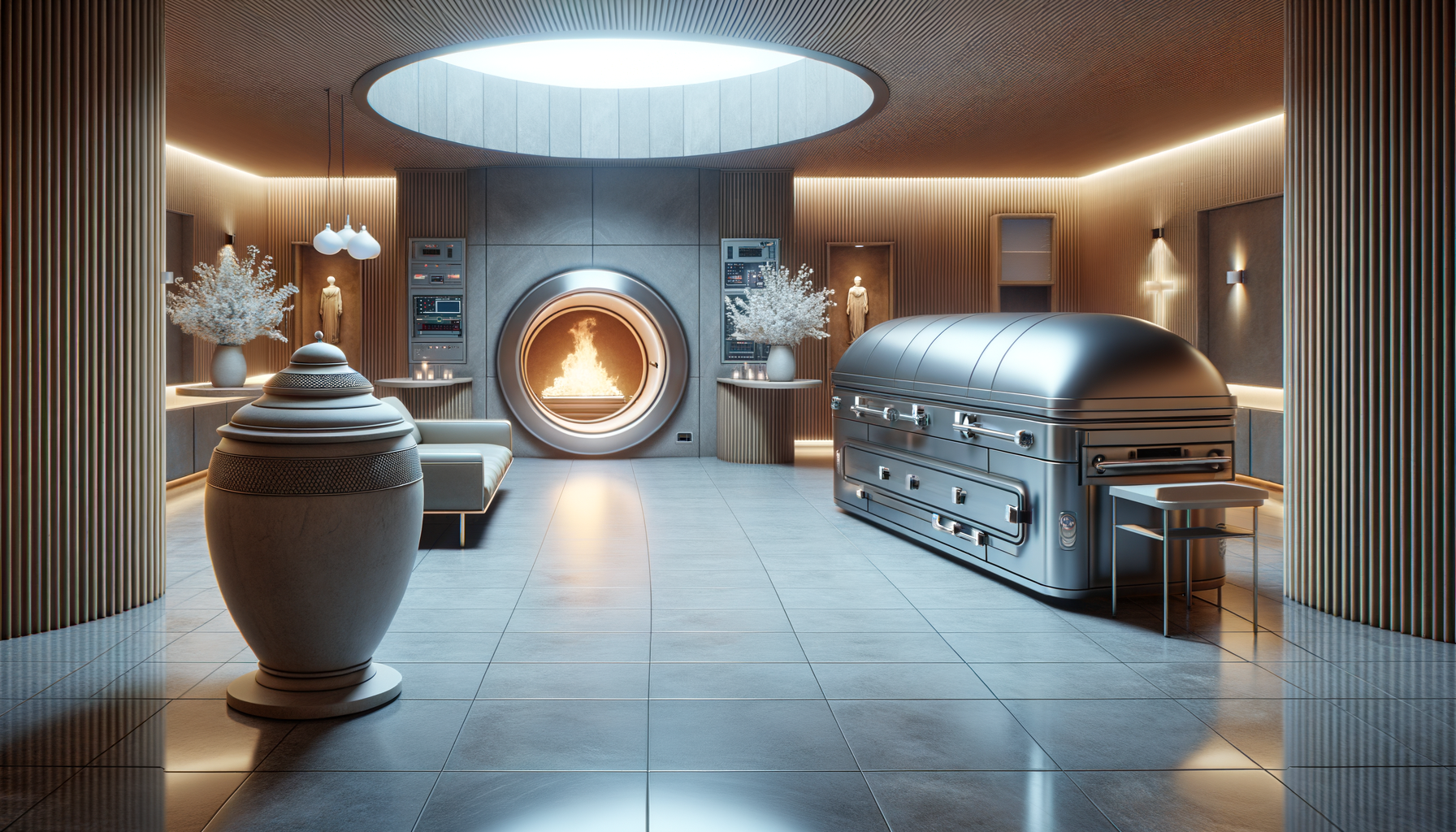Understanding the Basics of Air Conditioning Systems
Air conditioning systems are a vital part of modern living, especially in regions with extreme temperatures. Understanding how these systems work can help you make informed decisions when it comes to repairs. Essentially, air conditioners function by removing heat from the indoor air and expelling it outside, thus cooling the indoor environment. This process involves several key components, including the compressor, condenser, evaporator coil, and refrigerant.
The compressor is the heart of the system, pumping refrigerant through the coils. The evaporator coil absorbs heat from the indoor air, while the condenser coil releases it outside. Maintaining these components is crucial for efficient operation. Regular cleaning and inspections can prevent common issues such as refrigerant leaks or blocked filters, which can lead to inefficient cooling and increased energy consumption.
By understanding these basics, you can identify potential problems early and take steps to address them before they escalate into costly repairs. This knowledge empowers you to communicate effectively with repair technicians, ensuring that you receive the necessary services without unnecessary expenses.
Common Air Conditioning Problems and Their Solutions
Air conditioning systems, like any other home appliance, are prone to various issues over time. Some of the most common problems include inadequate cooling, strange noises, and water leaks. These issues can often be resolved with simple, budget-friendly solutions.
Inadequate cooling is frequently caused by clogged filters or low refrigerant levels. Regularly cleaning or replacing filters and checking refrigerant levels can restore optimal performance. Strange noises, such as rattling or buzzing, may indicate loose components or debris in the system. Tightening screws or clearing debris can often resolve these sounds.
Water leaks are another common issue, typically resulting from blocked drainage pipes or a failing condensate pump. Clearing any obstructions from the drainage system or replacing the pump can prevent further damage. Addressing these common problems promptly can save you from more expensive repairs down the line.
DIY Air Conditioning Maintenance Tips
Performing regular maintenance on your air conditioning unit can extend its lifespan and improve efficiency, all while keeping costs low. Here are some practical DIY tips to keep your system in top shape:
- Clean or replace air filters every one to three months to ensure proper airflow and reduce strain on the system.
- Inspect the outdoor unit for debris, such as leaves or dirt, and clean it regularly to maintain efficient heat exchange.
- Check the thermostat settings to ensure they are accurate and consider upgrading to a programmable thermostat for better energy management.
- Examine the ductwork for leaks or damage, sealing any gaps with duct tape to prevent energy loss.
- Ensure that the area around the outdoor unit is clear of obstructions to allow proper airflow.
By incorporating these maintenance tasks into your routine, you can prevent minor issues from becoming major problems, saving money on repairs and energy bills.
When to Call a Professional
While many air conditioning issues can be resolved with DIY solutions, there are times when professional intervention is necessary. Recognizing when to call a technician can prevent further damage and ensure the safety of your system.
If your air conditioner is not cooling at all, or if you notice unusual odors or electrical issues, it’s best to seek professional help. Technicians have the expertise and tools to diagnose and fix complex problems, such as electrical faults or refrigerant leaks, safely and effectively.
Additionally, if your unit is over ten years old and frequently requires repairs, it may be more cost-effective to consider replacing it with a newer, more efficient model. A professional can provide valuable advice on whether repair or replacement is the best option for your situation.
Cost-Effective Repair Options
Repairing an air conditioning unit doesn’t have to be expensive. There are several cost-effective options to consider that can help you manage expenses while keeping your home comfortable.
First, always compare quotes from multiple repair services to ensure you’re getting a fair price. Look for technicians who offer transparent pricing and detailed estimates. Additionally, inquire about any discounts or promotions that may be available.
Consider purchasing a service contract with a reputable HVAC company. These contracts often include regular maintenance and discounted repair rates, providing peace of mind and potential savings in the long run.
Finally, explore financing options if a major repair or replacement is necessary. Many companies offer payment plans that can spread the cost over several months, making it more manageable.
By exploring these budget-friendly repair options, you can maintain your air conditioning system without straining your finances.



Leave a Reply